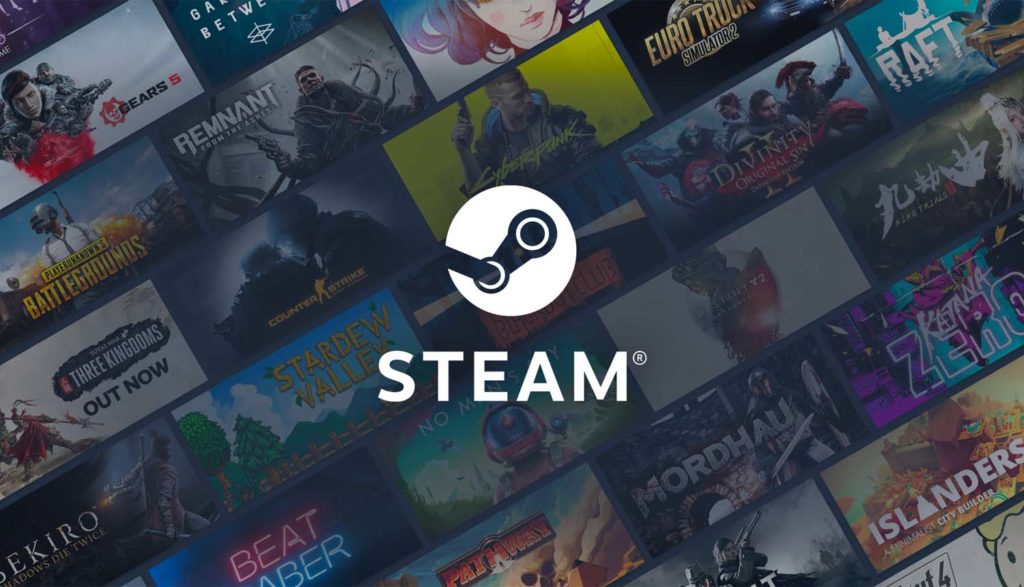If you’re a parent of a video game-loving kid, you might have heard of a little thing called Steam. But what is Steam?
Well, by its own definition, it’s “the ultimate destination for playing, discussing and creating games.” Users with access to the platform can play everything from classic computer games to the newest indie releases. So essentially, it’s the equivalent of the PlayStation Network, Xbox Live and My Nintendo but for PC gaming.
It boasts features such as an open chat (which works much like social media, allowing users to add friends, join groups and send texts, videos and GIFs), information hubs for individual games, live gaming broadcasts and early access to games. And while these features make Steam more enjoyable for players, they can also create something of a nightmare for parents. Like most any social media platform, the communication among users is pretty free-wheeling and with a minimum of moderation. And that means that users could potentially be exposed to inappropriate conversations, contact with strangers and even bullying.
Steam is free to download and free to join. Most people use it to discover and download new games—of which there are nearly 30,000. But not all of those games are free. In fact, most cost something. Some require subscriptions to access certain content and online features. So parents will want to watch what/if their kids are downloading, whether it be games, extra content or subscriptions.
It’s also not the most kid-friendly platform.
Like most social media platforms (including Instagram and YouTube), it does technically require users to be at least 13 years old to use it—though like many social media platforms, it doesn’t require actual proof. This is recommended not only because there are games with mature (read inappropriate) content, but also because of the platform’s chat features and community forums.
The parental controls do allow parents to create a Family Game Library so that they can choose which games are available on their kids’ profiles. And it’s PIN protected. You can also set up your account preferences to restrict titles with inappropriate content—but strangely, that’s not PIN protected. What’s more is that the only way to “filter” out bad stuff in the chats and community forums is to block your kids from using them entirely, which could certainly cause some strife if they were hoping to play with friends online.
In short, Steam’s parental controls aren’t one-and-done. It requires constant parental monitoring. Which in itself, isn’t a bad thing since we at Plugged In always encourage parents to be engaged in the entertainment their kids are consuming. However, it is a bit misleading since many parents might think that because they set up Steam’s Family View, their family is now protected.
So if you’re the parent of a young gamer (or perhaps even a game creator), chances are you’ll run into Steam at some point. These are the basics of what it is and what you need to be aware of. We hope this helps get you started.







Recent Comments